What is the tolerance range of precision screws?
What is the tolerance range of precision screws?
Service Hotline
+86760-8787 8587We have more than ten years of production experience in the screw industry, the main products are: ear butterfly nut, DIN7338 rivet, knurled pin, flat burst bolt, half tooth hex bolt, blackened hexagon nut, 4.8 grade bolts, Precision hexagon nut, handle screw, combined shock-proof double-sided tooth gasket, 8-grade black high-strength hexagon nut, cup head three combination bolts, blue zinc-plated four-claw nuts, Q121 stud bolts, equal-length bolts, etc. Due to the different materials and specifications of the products, the prices are also different, if necessary, please contact us.


1. When the main body is large-scale equipment, accessories need to be installed, such as sight glass, mechanical seal seat, deceleration frame, etc. The stud bolts used at this time, one end is screwed into the main body, and the other end is equipped with nuts after the accessories are installed. , Since the accessories are often disassembled, when the main body and the accessories are directly connected by bolts, the main body threads will be worn or damaged over time, and it is very convenient to use studs to replace them. 2. When the thickness of the connecting body is very large and the bolt length is very long, stud bolts will be used. The purpose of anti-loosening of stud connection In actual work, the external load has vibration, change, high temperature creep of the material, etc., which will reduce the friction force, the positive pressure in the thread pair disappears at a certain moment, and the friction force is zero, thus making the threaded connection loose. , if repeated action, the threaded connection will loosen and fail. Therefore, it is necessary to prevent loosening, otherwise it will affect the normal work and cause accidents.
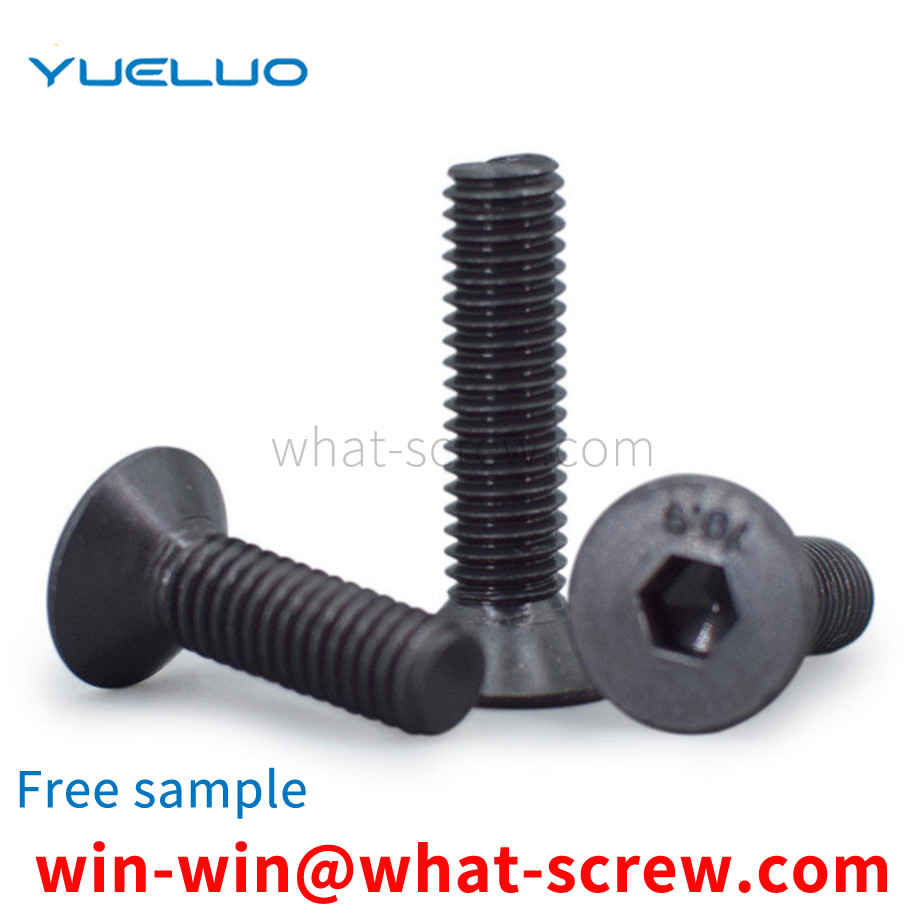
Countersunk head screw, also called countersunk head screw, also known as flat machine screw, is a kind of construction part. The head is a 90-degree cone, similar to common wood screws. The head has tool tightening grooves, such as a zigzag, cross, inner hexagon, plum blossom, pentagon, etc. Screws are all connectors used to connect two objects. Generally, the head of the screw will protrude above the surface of the object to be connected, so that the surface will lose its smoothness. Countersunk head screws can be sunk under the surface to make the surface flat. For hard objects, countersunk holes need to be drilled in the corresponding positions of the countersunk head. In short, the countersunk head is the head of the screw that can keep the surface flat after installation.
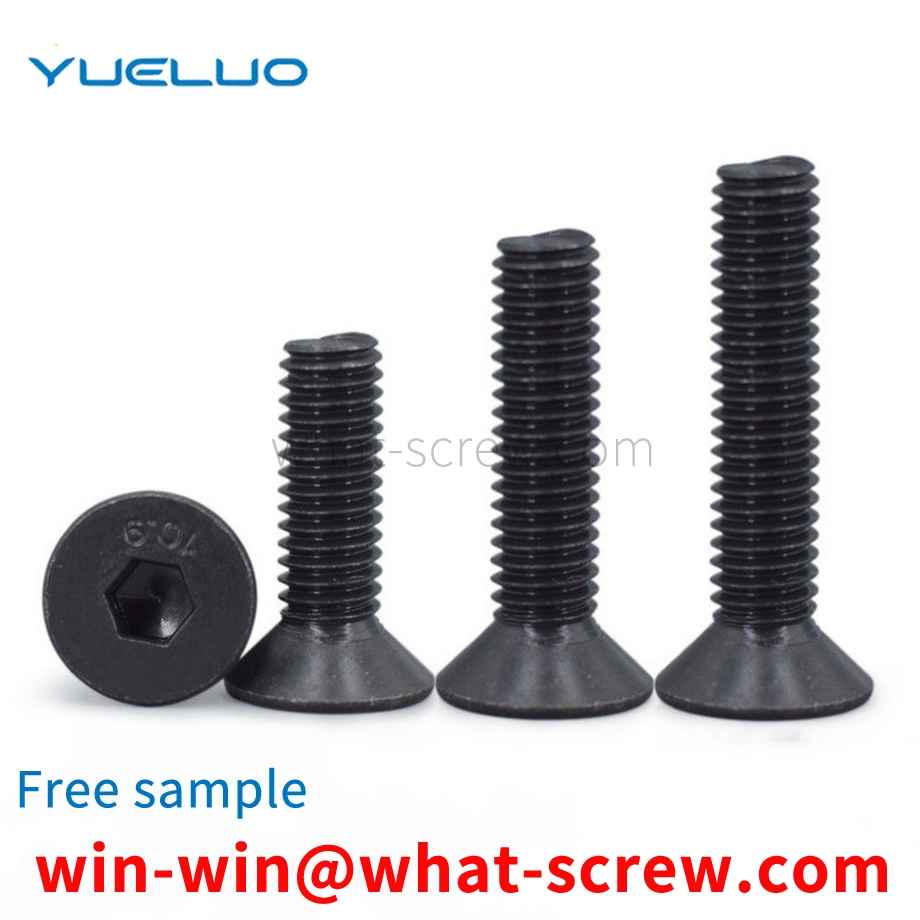
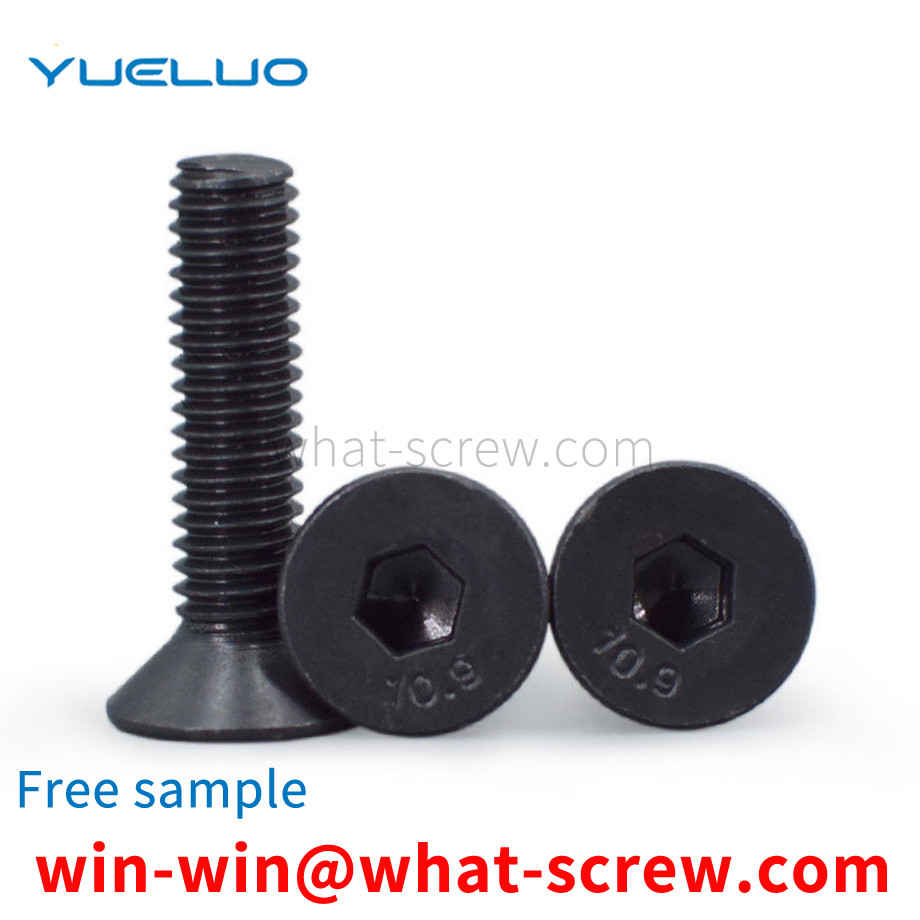
The Greek mathematician Arkutas once described the principle of screw, screw, screw. In the first century AD, the Mediterranean world had begun to use wood screws, screws, and screws in screw presses that could press olive oil from olives, or make wine from grapes. Before the fifteenth century, metal screws, screws, screws were rarely used as fasteners in Europe. Rybczynski (Rybczynski) proves that hand-held screwdrivers and screwdrivers existed in the Middle Ages (at the latest AD 1580), but it was not until the eighteenth century that threaded fasteners were commercialized and began to be widely used. . Before threaded fasteners were widely used, there were many different ways of tightening. Mostly related to woodworking and forging, and less to machining, concepts such as dowels and pins, wedges, tenon and tenon, dovetails, nails, forge welding, and others are tied with leather or fiber and tied together. Before the mid-nineteenth century, ships were built with cotter pins, pin bolts, or rivets. There were also adhesives, but not as many as they are here today. Metal screws, screws, and screws became commonly used fasteners after the use of machine tools in the 18th century to mass-produce screws, screws, and screws. This technology developed around the 1760s and 1770s, along two separate processes. Approaches, but quickly converged: wood screws, screws, screws (metal screws for wood fixing, screws, screws) are machined with single-purpose, high-yield machines, and low-volume, mold shop style production V-Thread Machine Screws, Screws, Screws, can choose from a variety of different pitches.
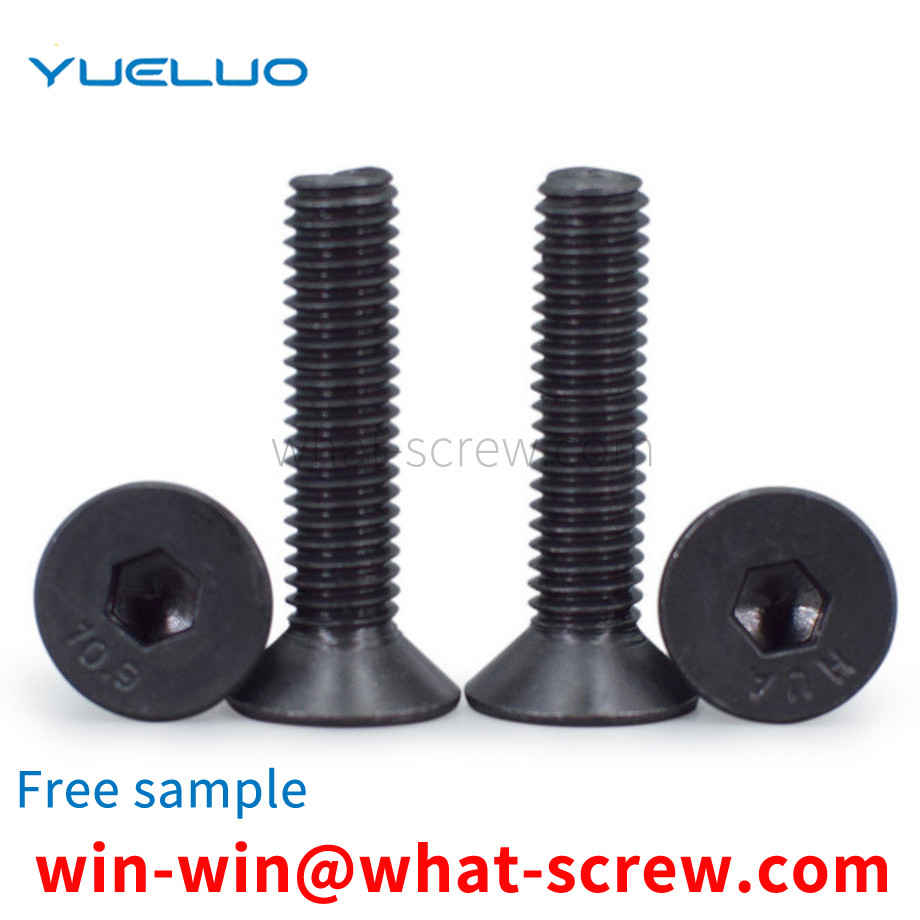
Specification label broadcast representation format: Thread specification d=M12, nominal length L=80mm, and performance level 4.8 equal-length stud bolts are completely marked as: GB 901 M12×80 [1] Product example: Stud studs are generally required After surface treatment, there are many types of bolt surface treatment, commonly used are electroplating, blackening, oxidation, phosphating, electroless zinc flake coating treatment, etc. However, electroplated fasteners account for a large proportion of the actual use of fasteners. Especially in automobiles, tractors, home appliances, instrumentation, aerospace, communications and other industries and fields are more widely used. However, for threaded fasteners, not only a certain anti-corrosion capability is required in use, but also the interchangeability of threads must be ensured, which can also be called screwability here. In order to meet the dual-use performance of anti-corrosion and interchangeability required by threaded fasteners in use, it is very necessary to formulate special plating standards.
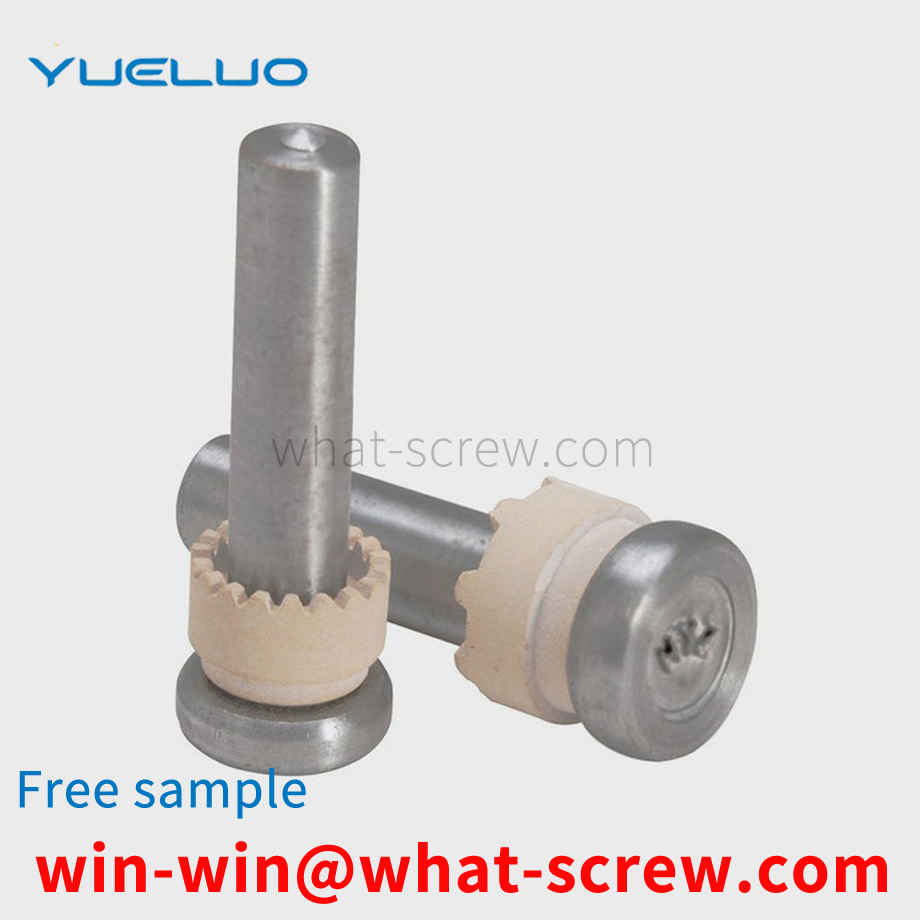
The above content is uploaded by Yueluo or the Internet. If there is any copyright issue, please contact [email protected].

What is the tolerance range of precision screws?
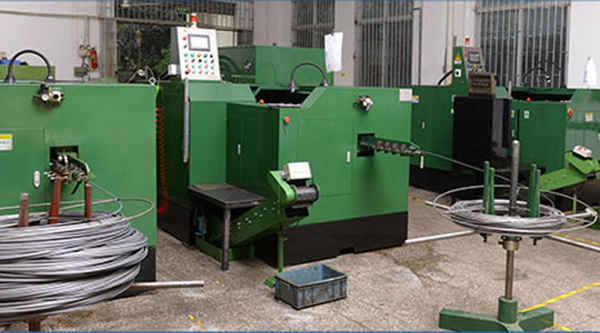
How to choose the right stainless steel screw manufacturer?
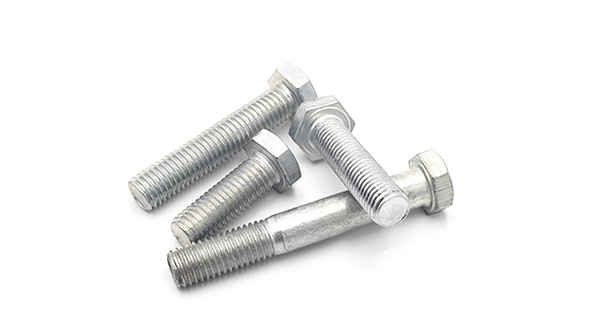
Why is there an R angle under the head of the hexagon head s...

We have more than ten years of production experience in the ...

We have more than ten years of experience in the production ...

We have more than ten years of experience in the production ...
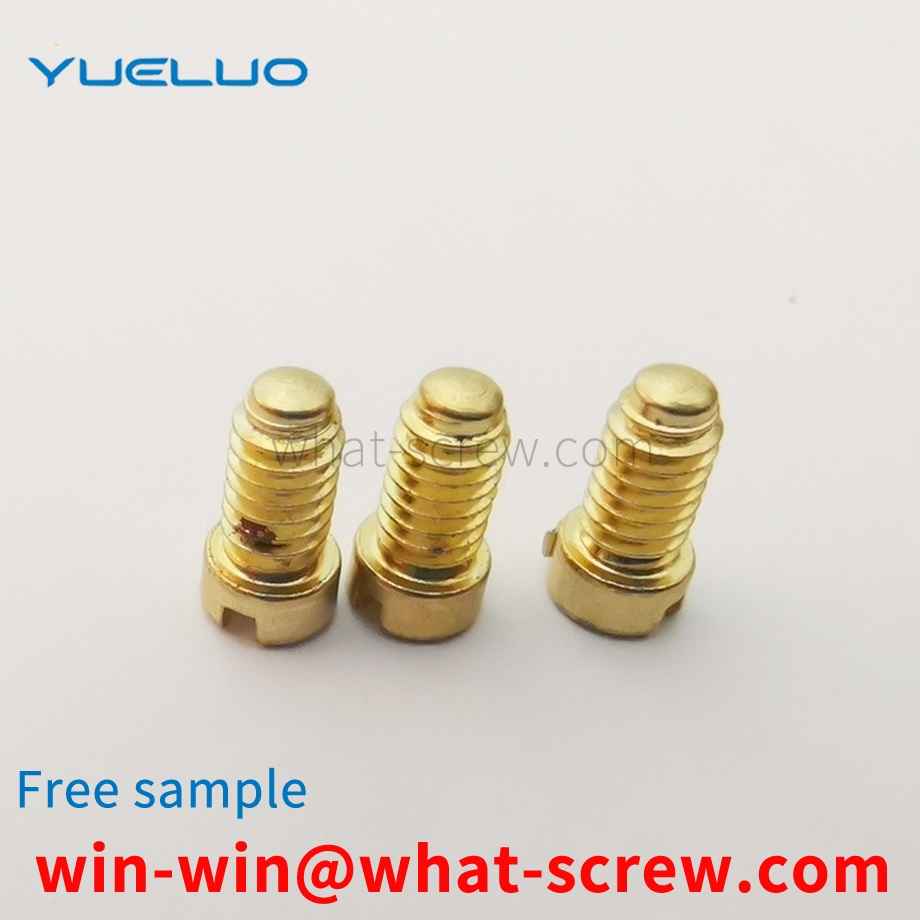
We have more than ten years of experience in screw industry ...